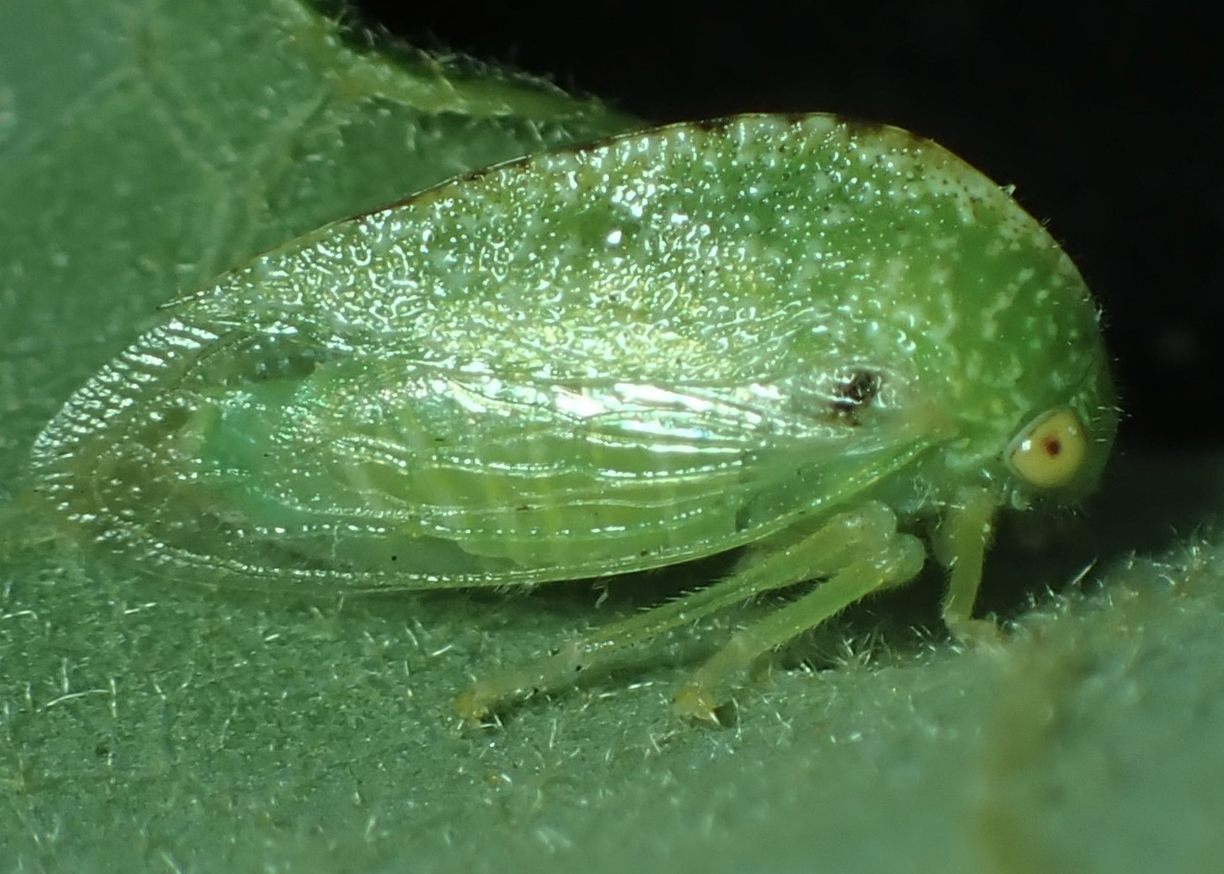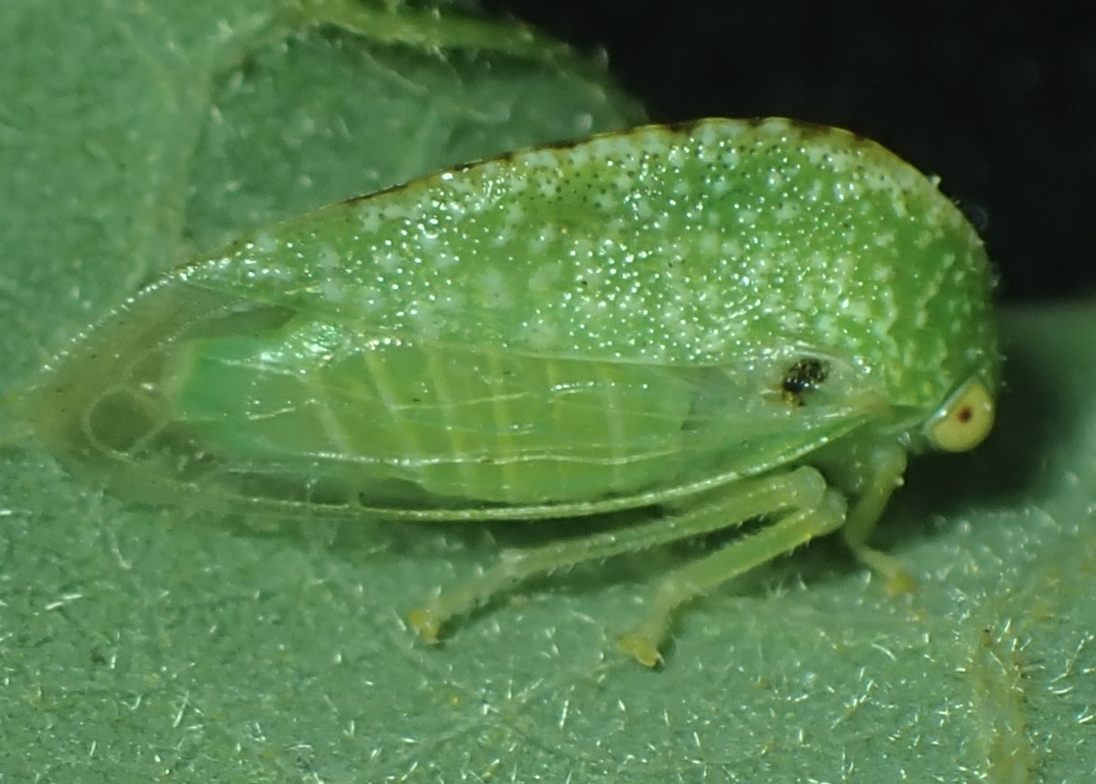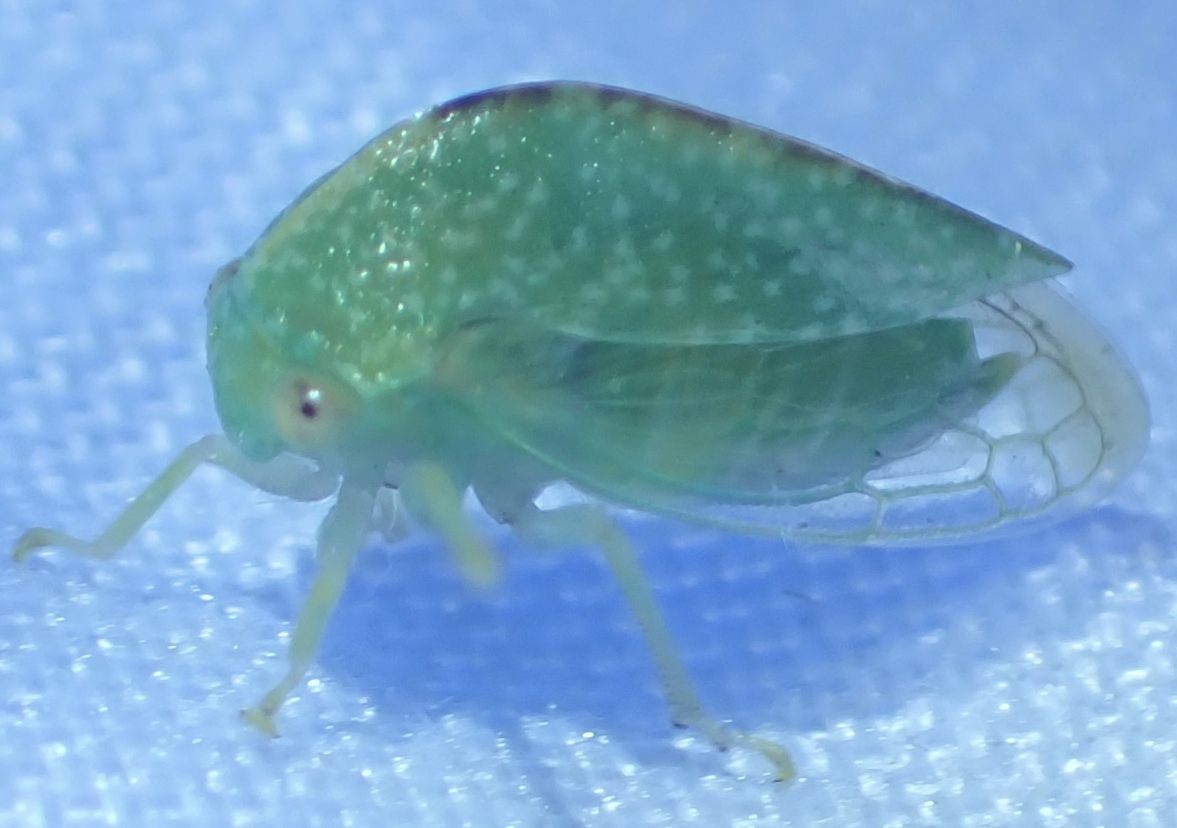| Family (Alpha): | |||
« |
 » » |
| MEMBRACIDAE Members: | NC Records | |||||
|---|---|---|---|---|---|---|
Atymna helena - No Common Name | ||||||
 © Kelli Ashby- female, note elongated crest shape |  © Kelli Ashby- female |  © Kelli Ashby |  © Kelli Ashby- female, note shape |
|
Hoppers of North Carolina: Spittlebugs, Leafhoppers, Treehoppers, and Planthoppers |
| Family (Alpha): | |||
« |
 » » |
| MEMBRACIDAE Members: | NC Records | |||||
|---|---|---|---|---|---|---|
Atymna helena - No Common Name | ||||||
 © Kelli Ashby- female, note elongated crest shape |  © Kelli Ashby- female |  © Kelli Ashby |  © Kelli Ashby- female, note shape |